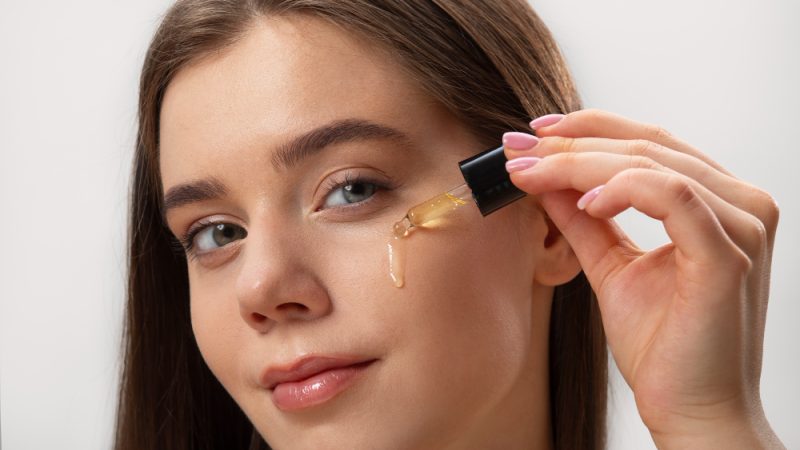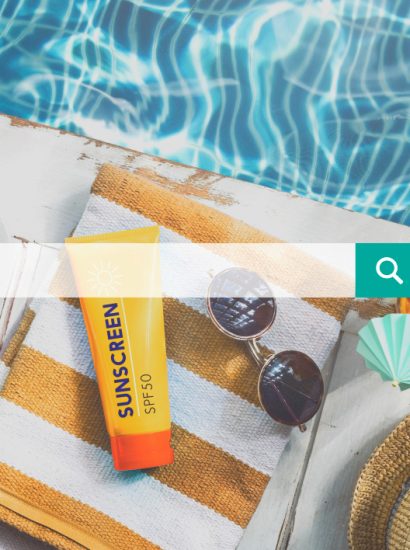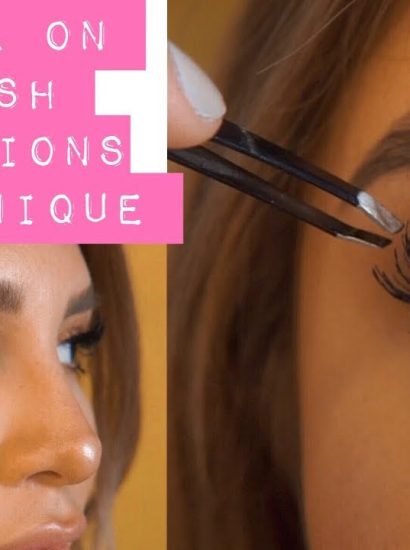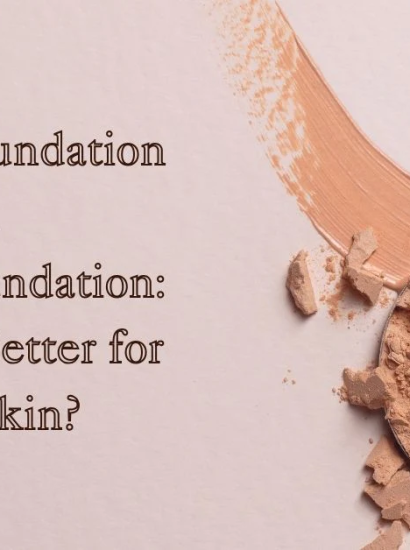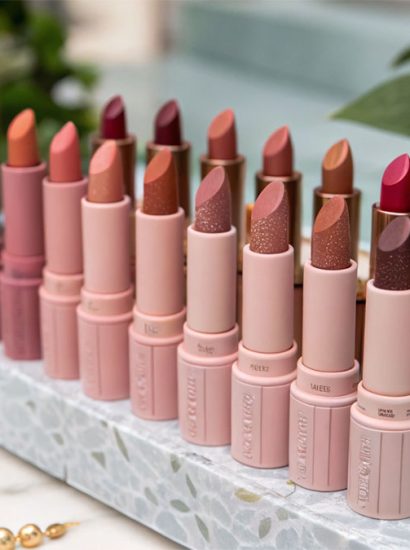Retinol has become one of the most popular ingredients in skincare, praised for its ability to reduce wrinkles, fade dark spots, and improve overall skin texture. But while it delivers incredible results, it often comes with an unwanted side effect: skin peeling. Many people who start using retinol experience flaking, redness, or irritation—commonly known as the “retinol purge.”
If you’re dealing with peeling skin from retinol, don’t worry—it’s normal, temporary, and manageable. In this guide, we’ll explain why it happens, how to treat it, and the best ways to prevent it while still reaping retinol’s benefits.
What Is Retinol and Why Is It So Popular?
Retinol is a form of vitamin A, widely recognized as a gold-standard anti-aging ingredient. Dermatologists recommend it for:
- Boosting collagen production.
- Reducing fine lines and wrinkles.
- Improving skin cell turnover.
- Brightening dull skin.
- Minimizing acne and clogged pores.
Because it’s so effective, retinol has become a staple in both prescription and over-the-counter skincare products.
Why Does Retinol Cause Skin Peeling?
Skin peeling from retinol occurs because it accelerates cell turnover. When skin cells renew faster than usual, the outermost layer sheds more quickly, resulting in:
- Flaking or peeling.
- Redness and dryness.
- Sensitivity to other products.
This process is part of your skin adjusting to retinol. For most users, peeling subsides within a few weeks as the skin builds tolerance.
How Long Does Retinol Peeling Last?
Peeling typically begins within the first 1–2 weeks of retinol use and can last for 2–6 weeks, depending on factors such as:
- Skin sensitivity.
- Frequency of application.
- Retinol strength (low-dose vs prescription).
- Other skincare products in your routine.
With consistent use and proper skincare support, peeling usually improves over time.
Common Mistakes That Make Peeling Worse
Some skincare habits can intensify irritation when using retinol. Avoid these common mistakes:
- Using too much retinol at once – a pea-sized amount is enough.
- Applying it too frequently when starting out.
- Combining with harsh exfoliants like AHAs, BHAs, or scrubs.
- Skipping moisturizer after applying retinol.
- Using retinol with benzoyl peroxide without professional guidance.
Correcting these mistakes can significantly reduce peeling.
Remedies for Skin Peeling from Retinol
If you’re already experiencing peeling, don’t panic. Try these remedies to soothe and heal your skin:
- Moisturize generously with a fragrance-free, barrier-repairing cream.
- Use hydrating serums with hyaluronic acid or glycerin.
- Apply a soothing mask with aloe vera or ceramides.
- Switch to a gentle cleanser that doesn’t strip natural oils.
- Reduce retinol frequency until skin adjusts.
These steps can calm irritation while allowing your skin to adapt to retinol.
Prevention: How to Minimize Peeling Before It Starts
The best way to deal with peeling is to prevent it from happening in the first place. Here’s how:
- Start with a low-strength retinol (0.25–0.5%) before moving to stronger formulas.
- Apply every 2–3 nights at first, then increase gradually.
- Use the “sandwich method”: moisturizer → retinol → moisturizer.
- Always wear sunscreen daily to protect sensitive, exfoliated skin.
- Listen to your skin and adjust usage accordingly.
Building tolerance slowly is key to long-term success with retinol.
When to Take a Break from Retinol
While some peeling is normal, there are times when you should pause retinol use:
- If your skin feels painful or raw.
- If peeling is excessive and accompanied by stinging.
- If you notice severe redness or swelling.
- If your skin barrier feels compromised.
Giving your skin a break allows it to heal before reintroducing retinol gradually.
Best Skincare Ingredients to Pair with Retinol
Pairing retinol with soothing, hydrating ingredients can balance its harshness. Look for:
- Niacinamide – reduces redness and strengthens skin barrier.
- Ceramides – restore moisture and protect against irritation.
- Hyaluronic acid – boosts hydration and plumps skin.
- Peptides – support collagen production while calming skin.
Avoid layering retinol with strong acids unless recommended by a dermatologist.
Can Everyone Use Retinol?
Retinol works for most skin types, but some people may need extra caution:
- Sensitive skin – should start with milder retinoids like retinaldehyde or bakuchiol.
- Pregnant or breastfeeding women – should avoid retinoids entirely.
- People with eczema or rosacea – should consult a dermatologist before use.
There are alternative ingredients that mimic retinol’s effects without as much irritation.
Professional Help: When to See a Dermatologist
If peeling persists beyond 6 weeks, worsens over time, or causes severe irritation, consult a dermatologist. They can:
- Prescribe a retinoid with tailored instructions.
- Recommend barrier-repair treatments.
- Suggest alternative anti-aging or acne-fighting ingredients.
Sometimes professional guidance is the best way to enjoy retinol’s benefits safely.
Conclusion
Skin peeling from retinol may be frustrating, but it’s a common and temporary side effect as your skin adjusts to increased cell turnover. With proper use, hydration, and patience, most people can overcome peeling and unlock retinol’s powerful benefits for smoother, clearer, and younger-looking skin.
The key is to start slow, moisturize well, and protect your skin barrier. If peeling becomes excessive, take a break and seek professional advice. With consistency and care, retinol can transform your skincare routine without compromising your comfort.
FAQs
1. Is skin peeling from retinol a good sign?
Yes, mild peeling is a normal sign that your skin is adjusting to faster cell turnover.
2. Can I use retinol every day if my skin is peeling?
No. Reduce frequency until peeling subsides, then gradually increase usage.
3. Should I stop using retinol if my skin peels?
Pause if peeling is excessive or painful, then restart slowly once your skin heals.
4. How do I moisturize peeling skin from retinol?
Use a rich, fragrance-free moisturizer with ceramides or hyaluronic acid to soothe irritation.
5. Will peeling eventually stop with continued retinol use?
Yes, as your skin builds tolerance, peeling should decrease within a few weeks.
Also read: Remove Eyelash Glue: Gentle Methods for Clean, Healthy Lashes

